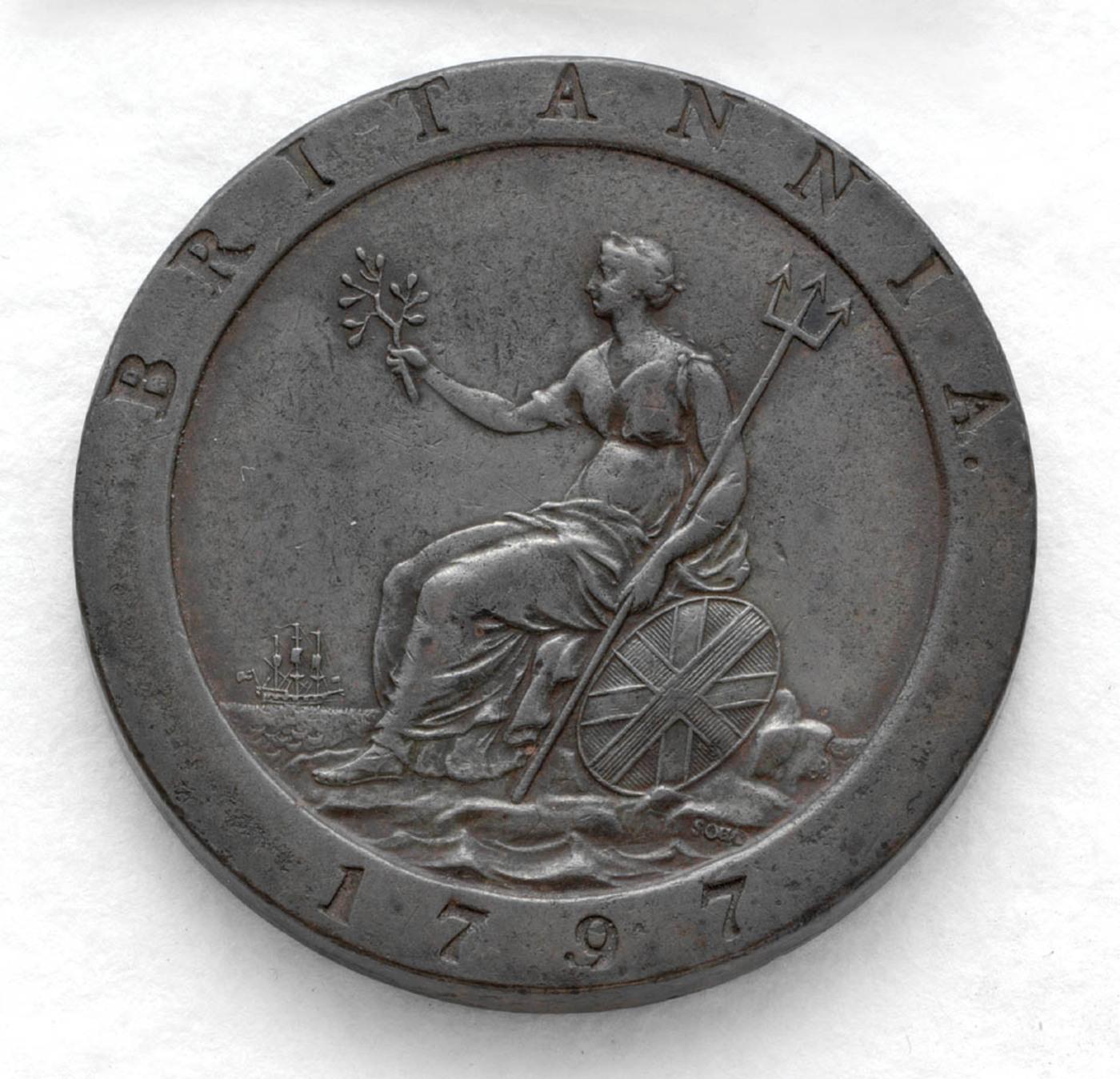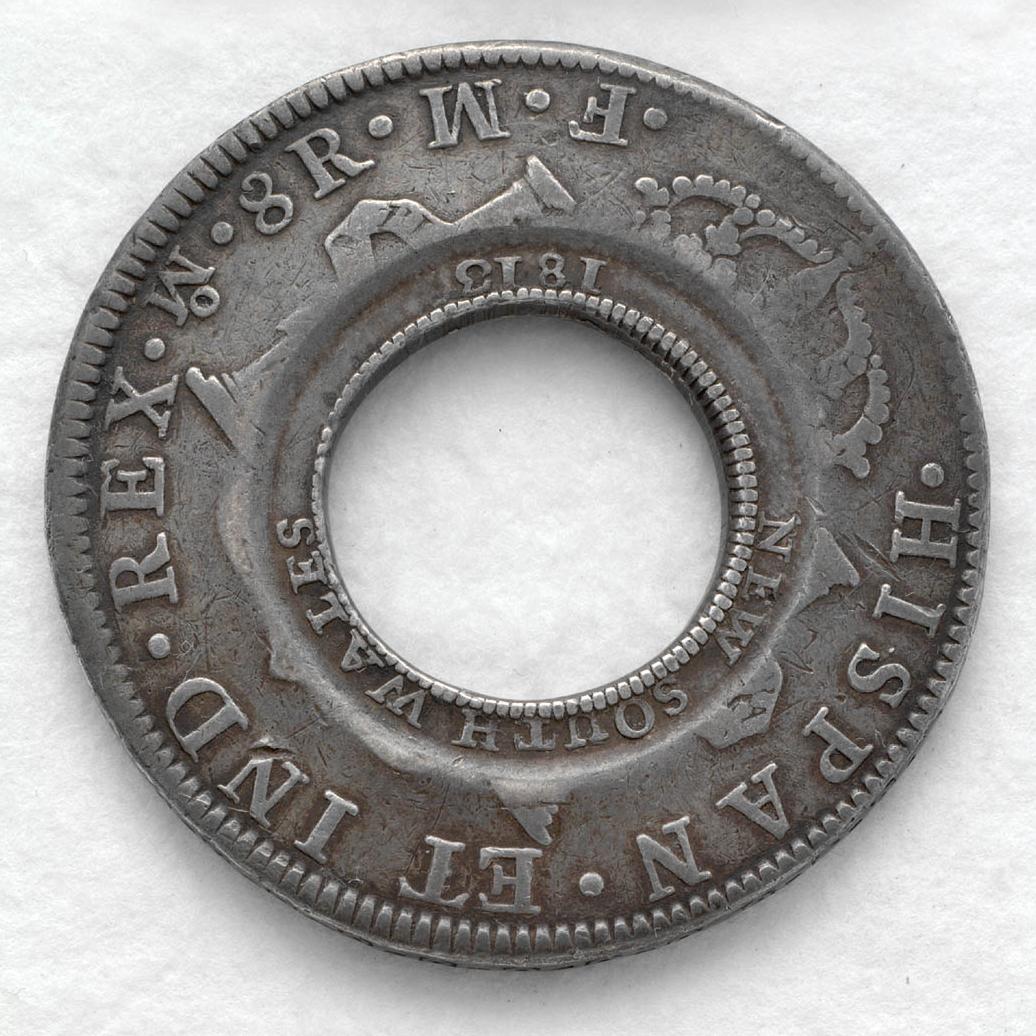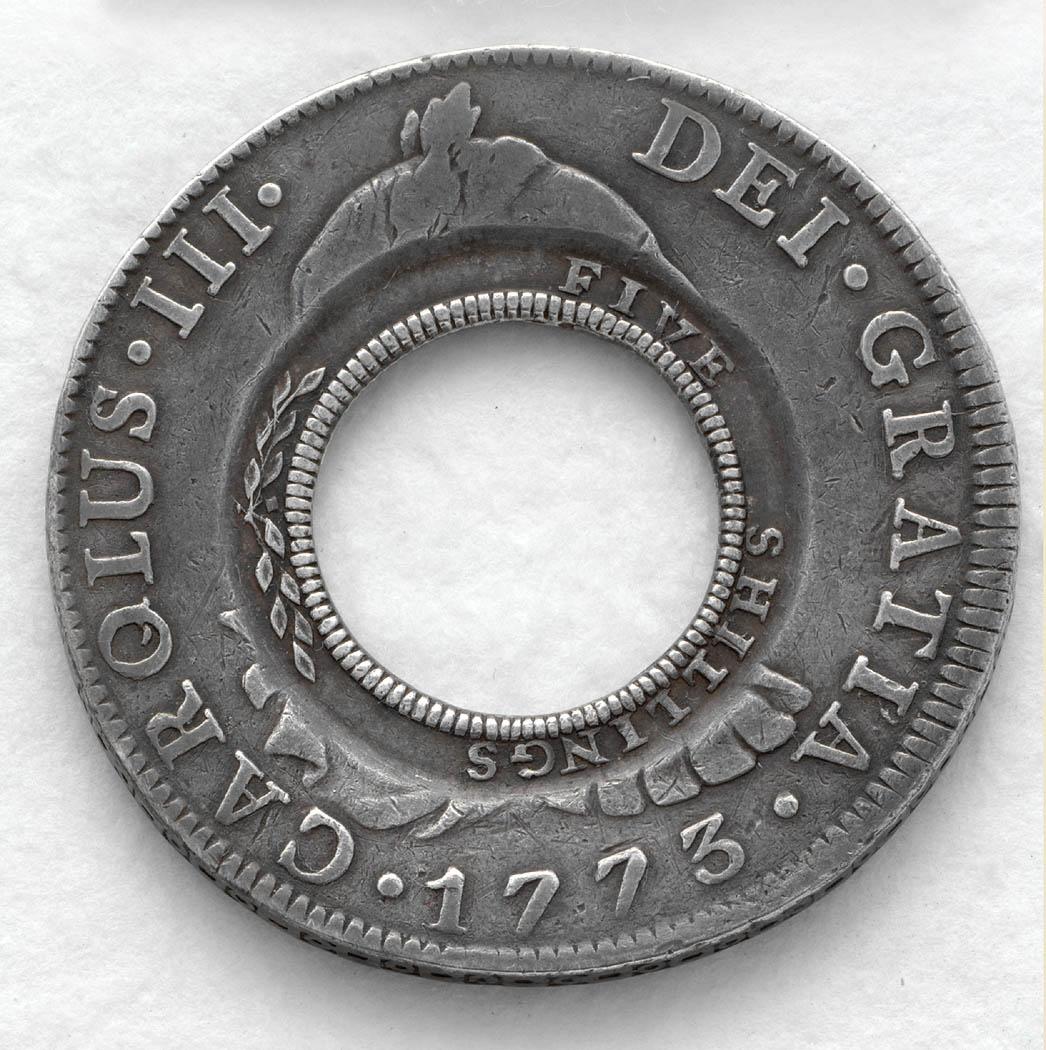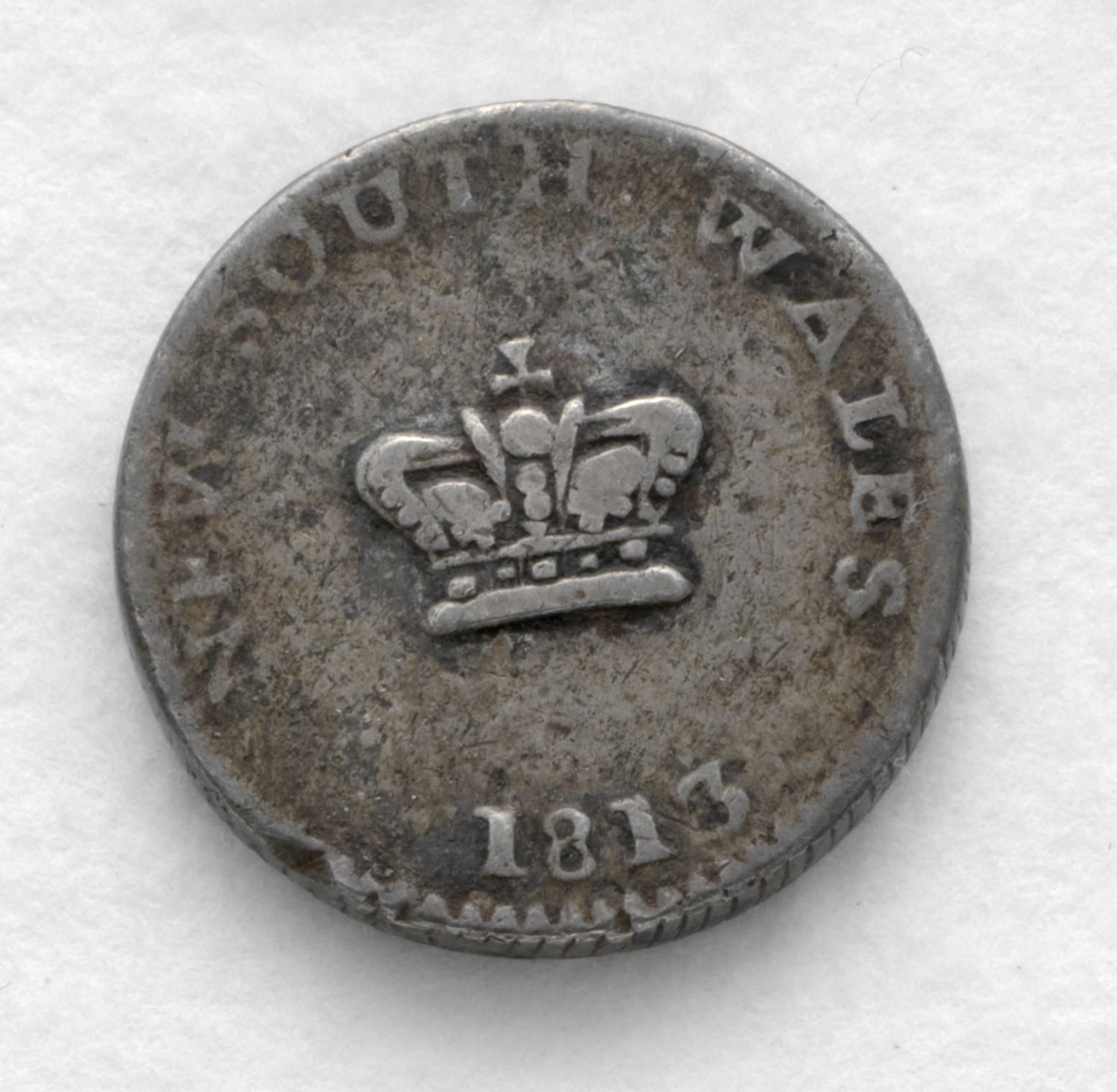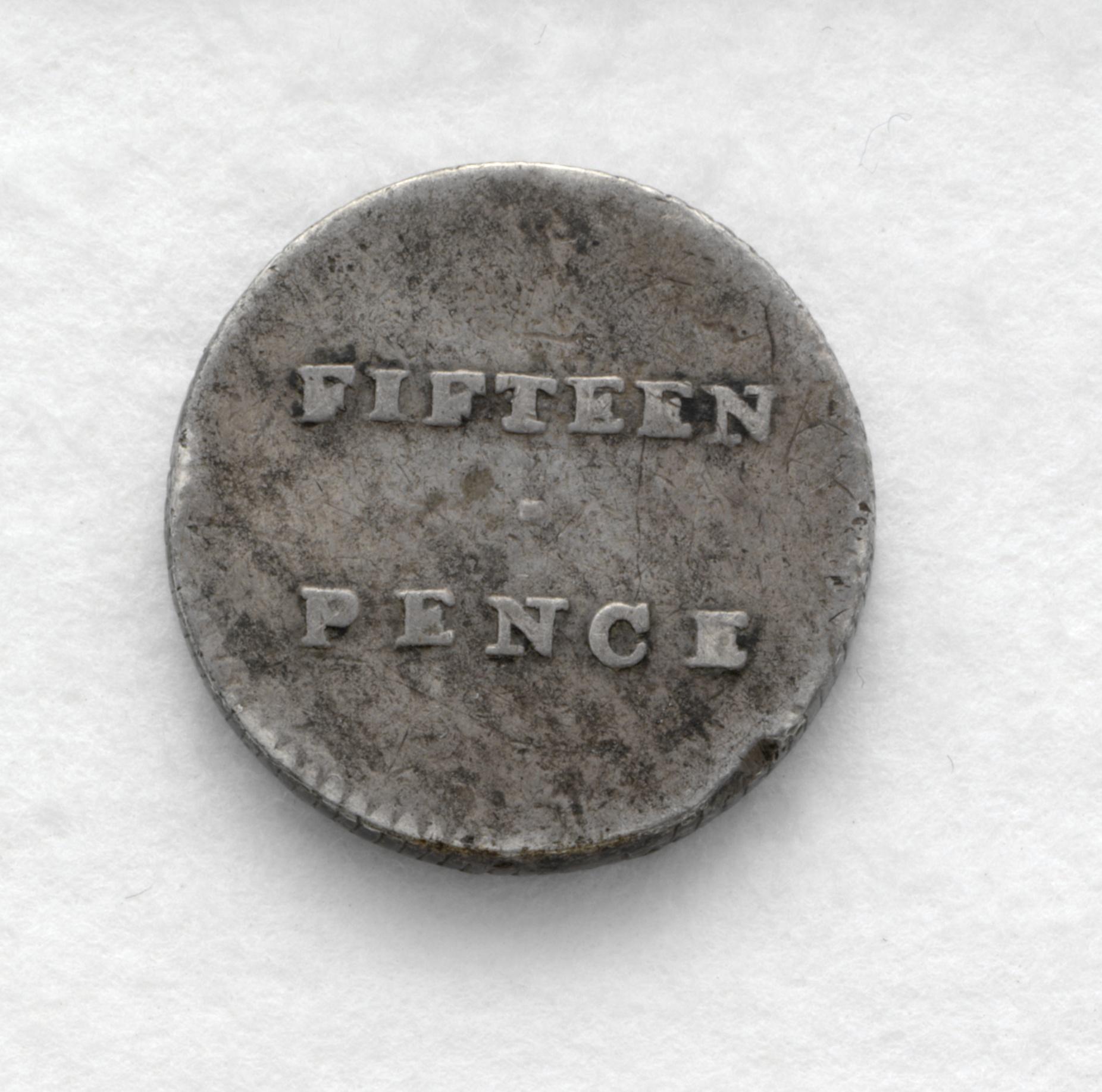Money in your pocket
Students review the history of currency, or lack of, in our early colony.
This is the student activity 1 of 7 of the Esther Abrahams: a life transformed learning activity.
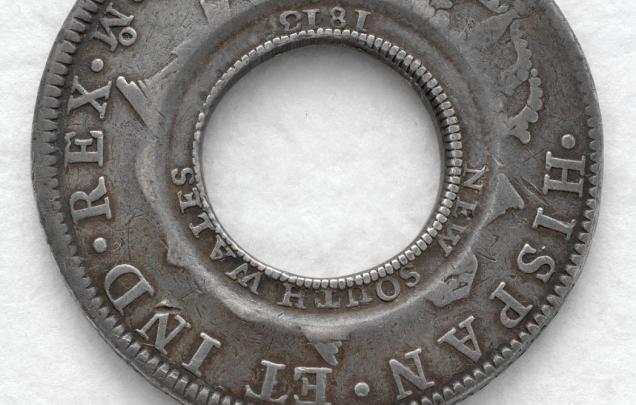
Money in your pocket
Esther lived a life of privilege and wealth in the new colony that was very different to the experiences of most of the other convict women who arrived on the First Fleet. She had food and shelter and didn’t have to worry too much about money.
Although people brought money with them when they came to Australia, there wasn’t an official currency in the colony in its early days, so people were using all sorts of coins from different countries and places, as well as bartering goods and exchanging things and promissory notes (like an IOU). In 1800 Governor King made a proclamation, saying which coins they should use and how much they were worth. [For more information on the history of currency in NSW see Additional Information.]
Look at the image of the cartwheel coin, below.
Answer these questions:
- What date can you see?
- Why do you think it got the nickname ‘cartwheel’?
This is Australia’s first official penny coin. It was made in England in 1797 and in 1800 the British authorities sent 18,000 of them to New South Wales for people to use. This is called a proclamation coin, as it was the first one Governor King said people could use.
Look at the four images of coins, below. Look carefully at the detail on the coins.
Answer these questions: (Answers in Additional Information)
- What two dates can you find? Why are there two?
- Why do you think the coins are shaped that way?
- What is the monetary value of each coin?
- What does HISPAN ET IND REX mean?
Further information on the holey dollars can be found here.
One hundred years later, in 1913, the first paper bank notes were produced in Australia. Design some imagined bank notes for the early settlement or reinvent our current notes. Add Esther’s portrait to your newly designed currency.
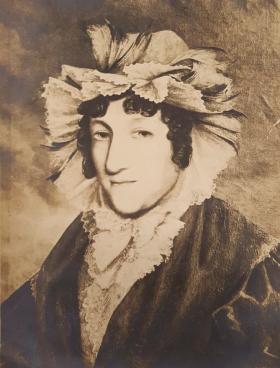
Think about what else would you put on the notes. What images or icons will you add for her? What colours would you recommend for her? What amount of money will Esther represent?
Once Esther’s note has been designed. Who else will you add to your set? An indigenous Australian such as Bennelong? Other convicts? Do you want the faces of the establishment on the notes, such as Arthur Phillip? Research who you will add from our early colony.
